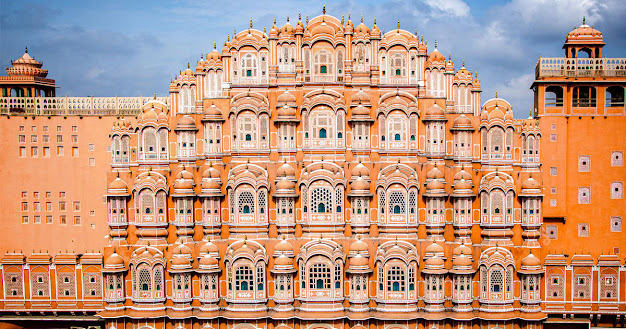Taj Mahal Uniqueness, Marble Work & History Etc
The Taj Mahal is one of the most iconic and renowned structures in the world, located in Agra, India. Its uniqueness lies in several aspects, including its architectural beauty, use of white marble, intricate craftsmanship, and historical significance. Here are some key points about the Taj Mahal:
Architectural Beauty:
Symmetry and Balance: The Taj Mahal is known for
its perfect symmetry. The main building, including its four minarets, is
perfectly aligned along the north-south and east-west axes.
Dome and Finial: The large central dome is a
distinctive feature, and it is topped by a brass finial with a crescent moon.
The finial is said to be a symbol of both Islamic and Indian architecture.
White Marble:
Material: The Taj Mahal is primarily
constructed using white marble, which was brought from the quarries of Makranain Rajasthan.
Inlay Work: The marble is adorned with
intricate inlay work using semi-precious stones such as lapis lazuli, jade,
crystal, turquoise, and onyx. This technique is known as "pietra
dura."
Intricate Craftsmanship:
Floral Motifs: The exterior of the Taj
Mahal is decorated with elaborate floral motifs and intricate geometric
patterns.
Calligraphy: Verses from the Quran are
inscribed on the exterior walls using inlaid black marble. The calligraphy is a
notable example of the Persian and Mughal artistic styles.
Historical Significance:
Built by Shah Jahan: The Taj Mahal was
commissioned by the Mughal Emperor Shah Jahan in memory of his beloved wife,
Mumtaz Mahal, who died during childbirth.
Construction Period: Construction began in 1632
and was completed in 1653. The Taj Mahal stands as a symbol of eternal love and
is considered a masterpiece of Mughal architecture.
World Heritage Site: In 1983, the Taj Mahal was
designated as a UNESCO World Heritage Site, recognizing its cultural
significance and contribution to world heritage.
Additional Facts:
Changing Colors: The color of the Taj Mahal
appears to change depending on the time of day. It can appear pinkish in the
morning, milky white in the evening, and golden at night when illuminated.
Minarets: The four minarets
surrounding the main structure are slightly tilted outward. This design feature
is intentional, meant to protect the main tomb in case of an earthquake.
The Taj Mahal continues to attract millions of visitors from around the world who marvel at its architectural grandeur and the love story behind its creation




Comments
Post a Comment